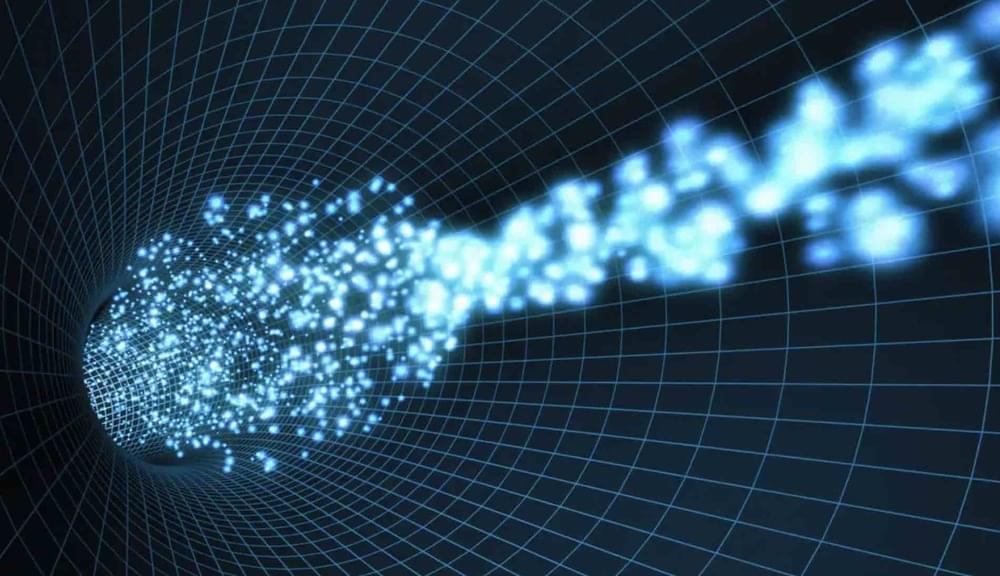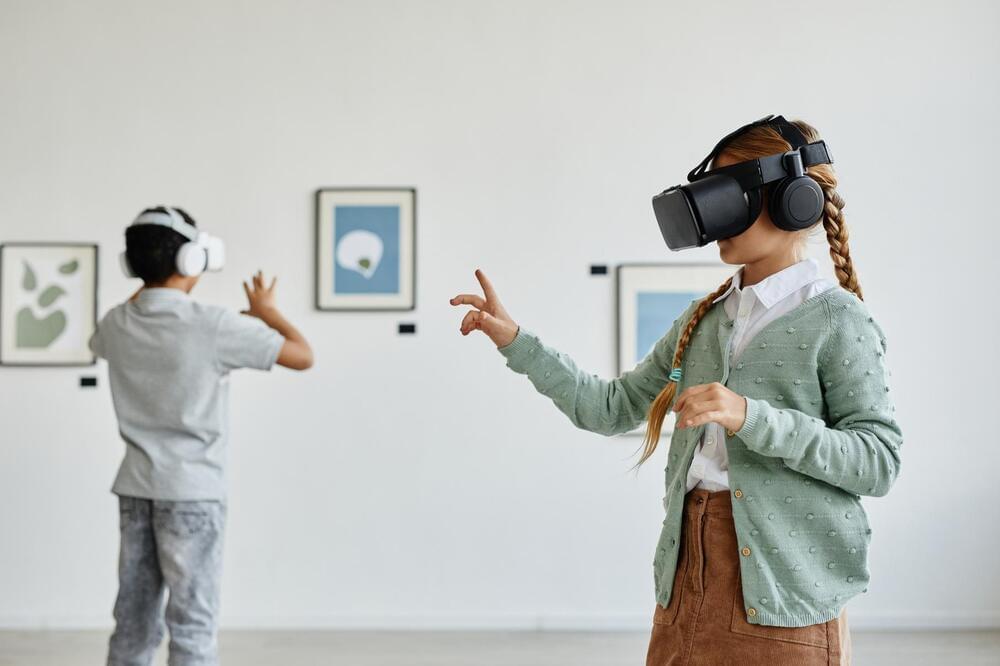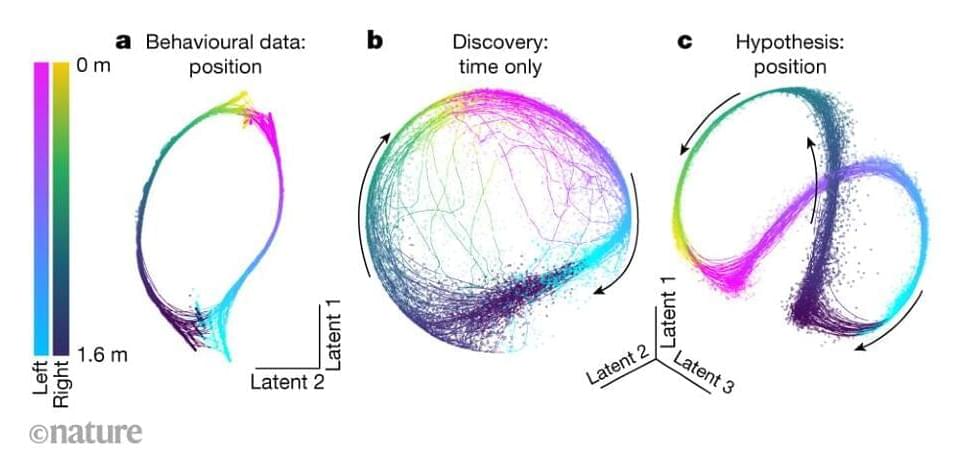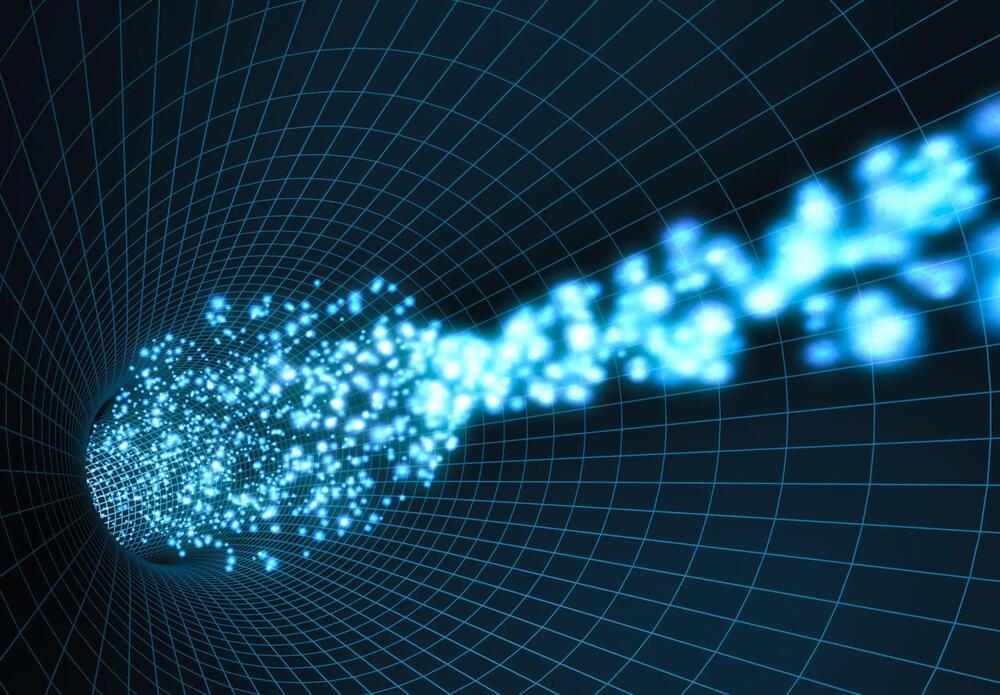An algorithm that allows more precise forecasts of the positions and velocities of a beam’s distribution of particles as it passes through an accelerator has been developed by researchers with the Department of Energy (DOE) and the University of Chicago.
Traveling at nearly light speed, the linear accelerator at the DOE’s SLAC National Accelerator Laboratory fires bursts of close to one billion electrons through long metallic pipes to generate its particle beam. Located in Menlo Park, California, the facility, originally called the Stanford Linear Accelerator Center, has used its 3.2-kilometer accelerator since its construction in 1962 to propel electrons to energies as great as 50 gigaelectronvolts (GeV).
The powerful particle beam generated by SLAC’s linear accelerator is used in the study of everything from innovative materials to the behavior of molecules on the atomic scale, despite how the beam itself remains somewhat mysterious since researchers have a hard time gauging its appearance as it passes through an accelerator.










 עברית (Hebrew)
עברית (Hebrew)